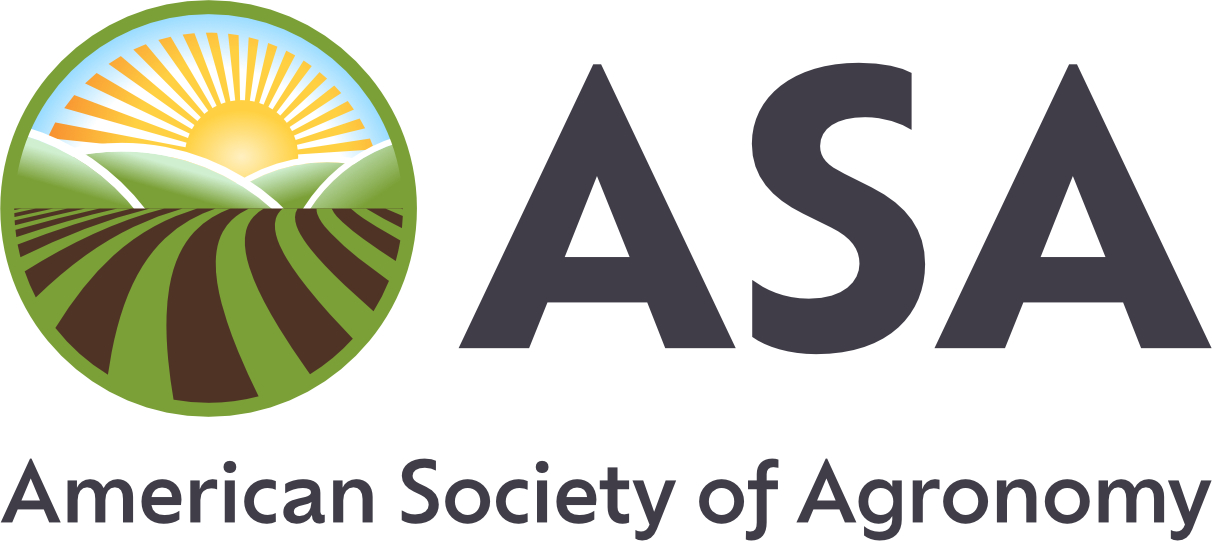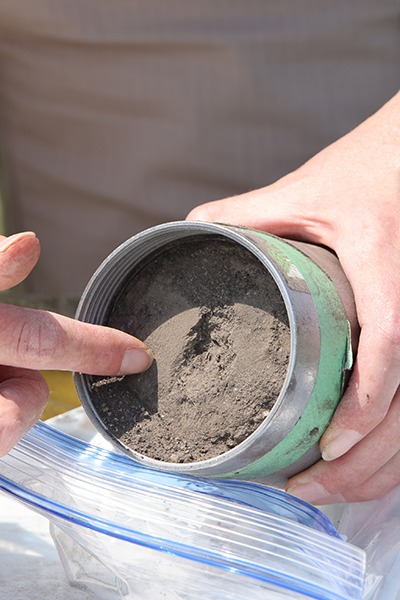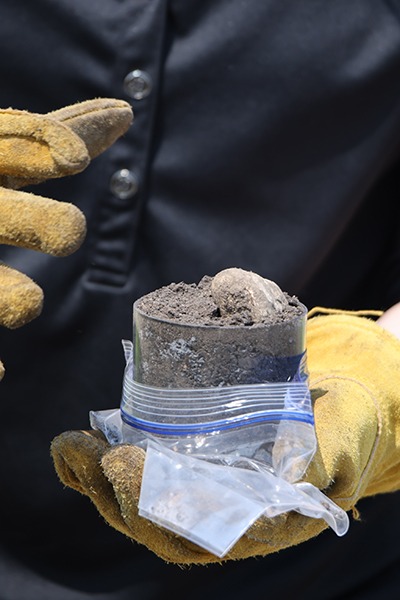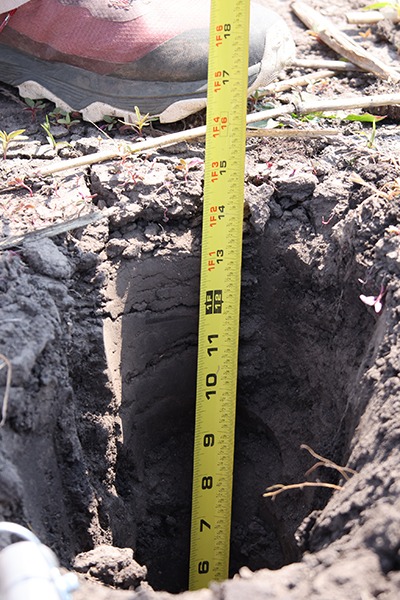What Is a Carbon Registry?
The short answer: A carbon registry is the central component of a carbon market trade, positioned between projects that store or offset carbon and buyers that purchase carbon credits.

Registries are hubs serving both projects and buyers in the carbon market. Figure provided by Marie Johnston.
The big picture: A carbon registry is where carbon credits are tracked, managed, and traded. You might think of registries as the referees that oversee the carbon market process.
Registries are often third-party verifiers—they’re not part of the program or the market. But a few registries (like the Soil and Water Outcomes Fund, Nori, Gradable, and CIBO) are not third-party. Instead, they’re nested within the program and marketplace; the project developer also acts as the verifier.
For programs using third-party registries, the process looks like this:
- On the project side, a registry watches over how carbon credits are generated through changes in land use practices or reduced emissions. The registry tracks these carbon credits for the grower or producer.
- On the buyer side, a registry oversees how carbon credits are purchased or traded. The registry works to ensure that credits are not double-tapped in the market. That is, one carbon credit is not sold in multiple places, to multiple buyers.
Registries are an accountability system for making sure the exchange of credits is transparent and reliable.
- The registry links groups generating carbon credits to groups applying those credits to their operation.
- The registry also makes sure that those reductions in atmospheric carbon are occurring. This is through verification, the process by which a third-party (or the project developer, like in the examples of internal registries above) evaluates a project and certifies it.

A registry links groups who create credits to those who apply credits. Figure provided by Marie Johnston.
Carbon registries keep track of carbon credits. They monitor carbon credits that are generated, issued to farmers or land managers, and whether they are currently sold or unsold. Once credits are sold, they’re retired from the registry.
- Registries seek to mitigate issues with the credibility of carbon credits, whether it’s concerns about “double-tapping” a credit, or certifying credit quality.
The four main external registries for voluntary markets using third-party registries are the American Carbon Registry, Climate Action Reserve, Verra, and Gold Standard.
Photo by Rajveer Singh.








